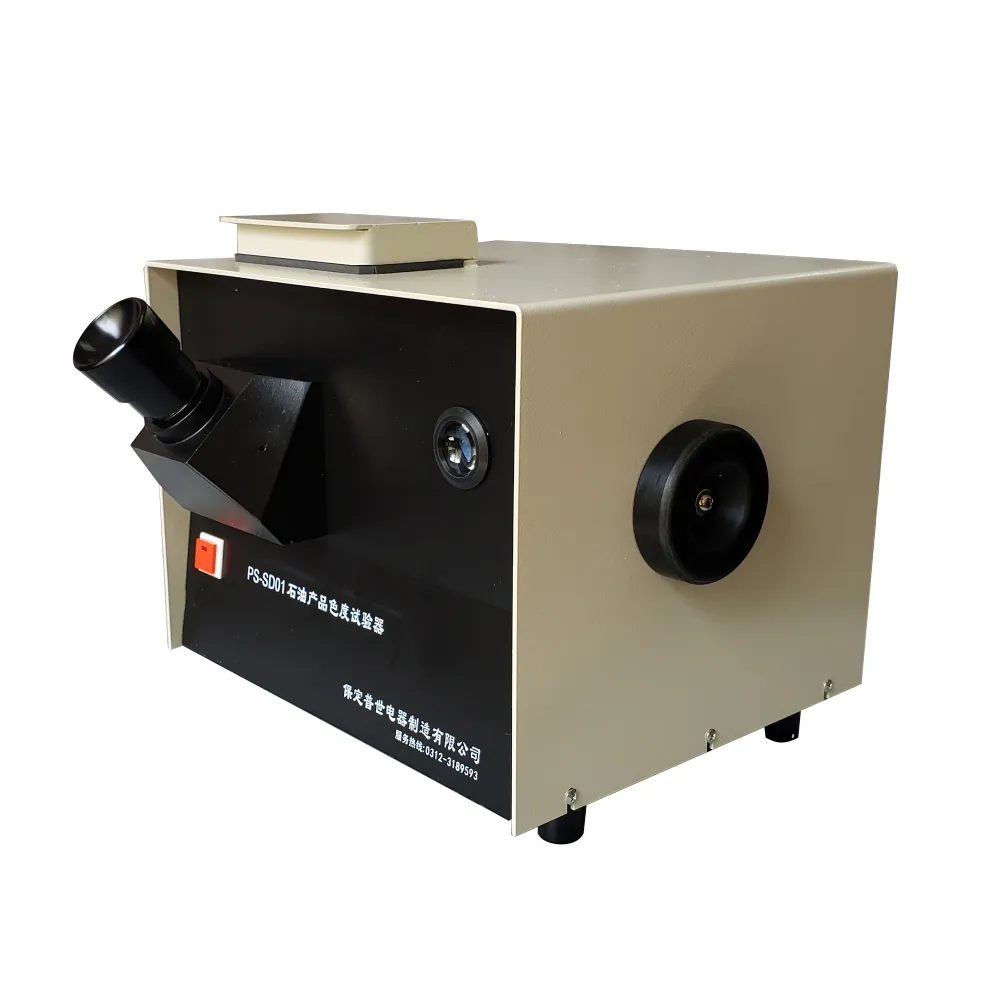 English
English



-
 Afrikaans
Afrikaans -
 Albanian
Albanian -
 Amharic
Amharic -
 Arabic
Arabic -
 Armenian
Armenian -
 Azerbaijani
Azerbaijani -
 Basque
Basque -
 Belarusian
Belarusian -
 Bengali
Bengali -
 Bosnian
Bosnian -
 Bulgarian
Bulgarian -
 Catalan
Catalan -
 Cebuano
Cebuano -
 China
China -
 China (Taiwan)
China (Taiwan) -
 Corsican
Corsican -
 Croatian
Croatian -
 Czech
Czech -
 Danish
Danish -
 Dutch
Dutch -
 English
English -
 Esperanto
Esperanto -
 Estonian
Estonian -
 Finnish
Finnish -
 French
French -
 Frisian
Frisian -
 Galician
Galician -
 Georgian
Georgian -
 German
German -
 Greek
Greek -
 Gujarati
Gujarati -
 Haitian Creole
Haitian Creole -
 hausa
hausa -
 hawaiian
hawaiian -
 Hebrew
Hebrew -
 Hindi
Hindi -
 Miao
Miao -
 Hungarian
Hungarian -
 Icelandic
Icelandic -
 igbo
igbo -
 Indonesian
Indonesian -
 irish
irish -
 Italian
Italian -
 Japanese
Japanese -
 Javanese
Javanese -
 Kannada
Kannada -
 kazakh
kazakh -
 Khmer
Khmer -
 Rwandese
Rwandese -
 Korean
Korean -
 Kurdish
Kurdish -
 Kyrgyz
Kyrgyz -
 Lao
Lao -
 Latin
Latin -
 Latvian
Latvian -
 Lithuanian
Lithuanian -
 Luxembourgish
Luxembourgish -
 Macedonian
Macedonian -
 Malgashi
Malgashi -
 Malay
Malay -
 Malayalam
Malayalam -
 Maltese
Maltese -
 Maori
Maori -
 Marathi
Marathi -
 Mongolian
Mongolian -
 Myanmar
Myanmar -
 Nepali
Nepali -
 Norwegian
Norwegian -
 Norwegian
Norwegian -
 Occitan
Occitan -
 Pashto
Pashto -
 Persian
Persian -
 Polish
Polish -
 Portuguese
Portuguese -
 Punjabi
Punjabi -
 Romanian
Romanian -
 Russian
Russian -
 Samoan
Samoan -
 Scottish Gaelic
Scottish Gaelic -
 Serbian
Serbian -
 Sesotho
Sesotho -
 Shona
Shona -
 Sindhi
Sindhi -
 Sinhala
Sinhala -
 Slovak
Slovak -
 Slovenian
Slovenian -
 Somali
Somali -
 Spanish
Spanish -
 Sundanese
Sundanese -
 Swahili
Swahili -
 Swedish
Swedish -
 Tagalog
Tagalog -
 Tajik
Tajik -
 Tamil
Tamil -
 Tatar
Tatar -
 Telugu
Telugu -
 Thai
Thai -
 Turkish
Turkish -
 Turkmen
Turkmen -
 Ukrainian
Ukrainian -
 Urdu
Urdu -
 Uighur
Uighur -
 Uzbek
Uzbek -
 Vietnamese
Vietnamese -
 Welsh
Welsh -
 Bantu
Bantu -
 Yiddish
Yiddish -
 Yoruba
Yoruba -
 Zulu
Zulu
Understanding the Significance of Tan Delta in Transformer Oil Testing
Understanding Transformer Oil and Tan Delta Testing
Transformer oil, also known as insulating oil, plays a crucial role in the operation and maintenance of transformers. It serves multiple functions, including cooling the transformer, insulating between conductive parts, and protecting against corrosion and oxidation. Given the vital role transformer oil plays in ensuring the reliable performance of electrical transformers, regular monitoring and testing of its properties are necessary to prevent failures and extend the life span of the equipment. One important aspect of this monitoring is the Tan Delta test.
Tan Delta, also referred to as the dielectric dissipation factor, is a measurement that indicates the energy loss in insulating materials, particularly in transformer oil. It is a critical diagnostic tool that helps in assessing the insulating quality of transformer oil and its ability to perform under electrical stress. A high Tan Delta value suggests increased heat generation within the insulation system, which can lead to insulation failure over time.
The Tan Delta test involves applying an alternating current (AC) voltage to the transformer oil sample. As the voltage is applied, a small current flows through the oil, and the Tan Delta can be calculated as the ratio of the resistive current (loss component) to the capacitive current (storage component). This ratio provides a measure of the energy lost as heat in the oil due to dielectric losses. In practical terms, Tan Delta values are used as indicators of the oil’s condition and overall efficiency.
transformer oil tan delta

A healthy transformer oil will have a low Tan Delta value, usually less than 0.1% at rated voltage and frequency. An increase in the Tan Delta value can signal contamination, degradation of the oil’s dielectric properties, or a problem with the insulating materials in the transformer itself. Factors such as moisture ingress, oxidation, and the presence of particulate matter can contribute to an increase in Tan Delta readings, prompting immediate investigation and appropriate remedial action.
Monitoring the Tan Delta of transformer oil is not just a one-time task; it should be part of a comprehensive asset management strategy. Regular testing helps track the condition of the oil over time, allowing for proactive maintenance to be conducted before serious issues arise. For example, if an increase in Tan Delta is observed, further tests can be performed, including chromatographic analysis for gas detection or infrared spectroscopy to identify any deterioration in the oil's chemical structure.
In addition to aiding in maintenance decisions, understanding the Tan Delta of transformer oil can also contribute to enhanced safety. Transformers are critical components of the electrical grid, and failures can lead to power outages, equipment damage, and even safety hazards. By implementing a routine Tan Delta testing regime, utility companies can ensure their transformers operate reliably and efficiently.
In conclusion, transformer oil is essential for the effective operation of transformers, and its monitoring, particularly through Tan Delta testing, is vital for ensuring equipment reliability and longevity. By understanding the significance of Tan Delta values, engineers and maintenance teams can take proactive measures to mitigate risks, improve performance, and enhance the overall safety of the electrical infrastructure. Regular monitoring of Tan Delta is not merely an operational task; it is a strategic approach to managing the health of transformer assets, ultimately ensuring a stable and secure power supply.
-
Testing Equipment Industry Sees Major Advancements in 2025: Smart & Precision Technologies Lead the WayNewsJun.06,2025
-
Applications of Direct Current Generators in Renewable Energy SystemsNewsJun.05,2025
-
Hipot Tester Calibration and Accuracy GuidelinesNewsJun.05,2025
-
Digital Circuit Breaker Analyzer Features and BenefitsNewsJun.05,2025
-
Benefits of Real-Time Power Quality Monitoring Devices for Industrial EfficiencyNewsJun.05,2025
-
Earth Fault Loop Testing in High-Rise Building Electrical SystemsNewsJun.05,2025



